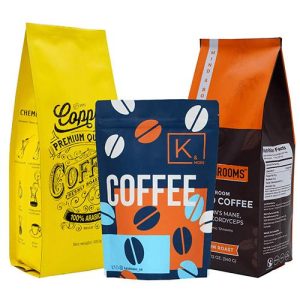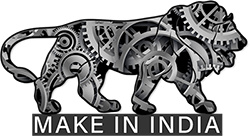Impacts of sustainable packaging for the coffee Industry

Sustainability is a hot topic in both the speciality coffee and packaging industries. In 2018, the UN predicted that if consumption and waste management don’t change, the world will be home to some 12 billion tonnes of plastic waste by 2050.
Coffee businesses around the world have been focusing on creating a more sustainable, circular economy. They do this by adding value to the products and materials they use. They have also made progress in replacing disposable packaging with “greener” solutions.
We are conscious that single-use packaging endangers the world’s ecosystem. There are ways to decrease the consumption of single-use packaging, however. These include avoiding materials derived from fuel and recycling material that is already in circulation.
What Is Sustainable Packaging?
Packaging accounts for around 3% of the coffee supply chain’s total carbon footprint. If plastic packaging isn’t properly sourced, produced, transported, and discarded, it can be detrimental for the environment. To be truly “green”, packaging must do more than simply be recyclable or reusable – its entire life needs to be sustainable.
Packaging is generally defined as being either rigid or flexible. Flexible packaging includes bags, pouches, and sleeves, whereas rigid packaging includes fixed boxes, pallets, and crates.
While rigid packaging can offer more support and protection, flexible packaging is generally more sustainable. Because fewer raw materials are used to create flexible packaging, it has a lower carbon and water footprint, and ultimately contributes much less to landfill.
Most coffee bags offered by speciality roasters are made from flexible packaging.

Sustainable packaging for the coffee industry can have a positive impacts
Such as, it can reduce the amount of waste generated by the industry. For example, using biodegradable or compostable materials can ensure that packaging is broken down and returned to the earth quickly, rather than clogging landfills and contributing to pollution.
Secondly, using recycled materials in packaging can conserve resources and reduce the need for virgin materials. This can help to reduce the environmental impact of resource extraction and manufacturing.
Thirdly, sustainable packaging solutions can help to reduce the carbon footprint of the coffee industry by reducing the amount of packaging required and implementing more efficient distribution methods. This can help to reduce the amount of fossil fuels used in transportation and distribution and can lower greenhouse gas emissions.
Lastly, sustainable packaging can improve the brand image of the company and increase customer loyalty. As more and more customers are becoming conscious about environmental issues, companies that invest in sustainable packaging can gain an edge over their competitors.






